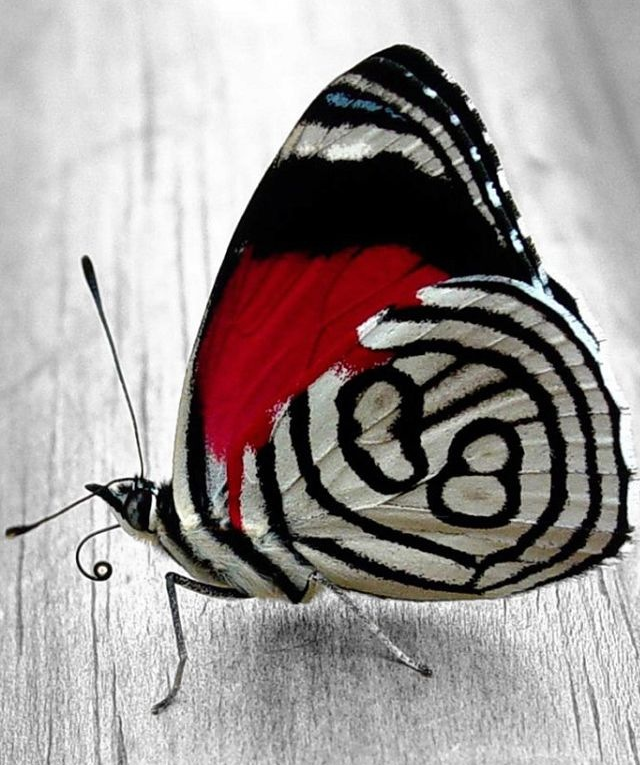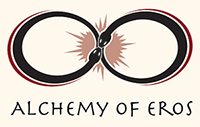Community Facilitation and Team Dynamics
 All team interventions are preceded by in-depth interviews with the various role players, and are customized to the issues and needs of the team.
All team interventions are preceded by in-depth interviews with the various role players, and are customized to the issues and needs of the team.
How Teams can Benefit:
- Reconnecting the team to its passion and energy
- Becoming a ‘real team’ instead of a group of people working together
- Resolving underlying tensions or conflicts that cycle back
- Building stronger relationships
- Restoring levels of trust and honesty in the team
- Dealing with diversity issues and dynamics
- Improving the team atmosphere
- Helping the team become more creative and productive
- Improving the level of dialogue and open communication
- Addressing specific disturbers or trauma in the team
Conflict Facilitation
Most of us are scared of conflict. In teams, people often shy away from open conflict for fear of it getting ‘out of hand,’ or becoming ugly and destructive, with people potentially getting hurt. Conflicts therefore tend to go underground, where they simmer and impact the team’s mood and effectiveness.
 In some teams, hidden conflict manifests as extreme politeness and ‘niceness,’ and never daring to hold each other accountable or giving each other straight feedback. In other teams, it may come out in sudden eruptions, backstabbing, or a lack of trust.
In some teams, hidden conflict manifests as extreme politeness and ‘niceness,’ and never daring to hold each other accountable or giving each other straight feedback. In other teams, it may come out in sudden eruptions, backstabbing, or a lack of trust.
Whichever way hidden conflicts manifest, the result is always a diminished level of vibrancy and energy in the team. Creating places of work where Eros can thrive also means we need to learn how to deal with conflict in open and constructive ways.
For leadership teams, this is often one of their most powerful levers: Many teams have managed to dramatically improve their performance by addressing underlying conflicts and tensions, which may have simmered for years, eroding the team’s capacity for both enjoyment and effectiveness.
Team Dynamics Often Need To Be Addressed on Various Levels
- Through building self awareness around one’s impact, needs, feelings, reactions, and personal leadership style
- Through addressing interpersonal relationships and learning how to ‘clear’ issues that start blocking the clear flow of communication
- By surfacing and learning to communicate about systemic team issues around rank and power, diversity, marginalization, insider-outsider dynamics, moods and atmospheres, or specific disturbers in the team
